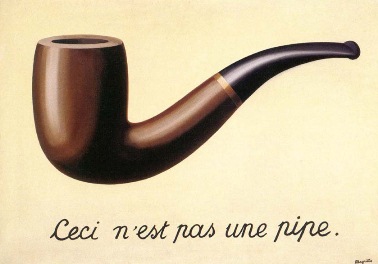Asher Kelman
OPF Owner/Editor-in-Chief
In the recent debate as to what constitutes a photograph today, we first have to spin the truth and call digital images with a focal plane of silica instead of film as making photographs and not something by some other name. Once we take the liberty of assigning the name photograph to images from digital photography, some might have qualms about using that designation for anything that is substantially altered in the facts of the matter: what objects and kind of objects are in the resulting delivered image, be it print or screen file.
I will take a shortcut here, for the sake of brevity and define all images derived from a camera to be photographs, even when subjected to filters, edits or fusion with other images. If you can't tolerate this, then stop reading here, as I am going to show how I have at times processed images to the extent that the final result might be considered a new form or perhaps a pantograph, LOL! Still, it's my work and I call it my photograph, even to the end.
Here's a start. I first provide resized out-of the-camera jpg images, as for some folk, this is the starting point. I however, will switch immediately to RAW processed images once you give your feedback, as to what's there or not there one might like in a "Work of art". I will not follow your instructions, LOL, just would like to see how different our respective "to do lists" might be!

Asher Kelman: Flowers in A water Glass
1000 pixels reduced file, uncropped, from out-of-the-camera jpg with no other processing
and a monochrome version,

Asher Kelman: Flowers in A water Glass
Monochrome derived by merely desaturation.
1000 pixels reduced file from uncropped out-of-the-camera jpg with no other processing
Comment on each stage as to what works as an art piece and what it lacks. You are stuck with my work, I'm afraid. I believe it has the "bones" for a picture that might be delightful. But how do we get there? What would you like to achieve in making a photograph ready for exhibition?
I have already made the derived images and will show them in sequence and then invite further comments at each stage of transformation.
I wonder whether any of the changes I seek to make will be predicted by your initial feedback and wishes!
Thanks for going along with my deceptive plan to develop a picture with software. I will use Photoshop CC 2014 and the Nik and Topaz plugins.
Asher
I will take a shortcut here, for the sake of brevity and define all images derived from a camera to be photographs, even when subjected to filters, edits or fusion with other images. If you can't tolerate this, then stop reading here, as I am going to show how I have at times processed images to the extent that the final result might be considered a new form or perhaps a pantograph, LOL! Still, it's my work and I call it my photograph, even to the end.
Here's a start. I first provide resized out-of the-camera jpg images, as for some folk, this is the starting point. I however, will switch immediately to RAW processed images once you give your feedback, as to what's there or not there one might like in a "Work of art". I will not follow your instructions, LOL, just would like to see how different our respective "to do lists" might be!

Asher Kelman: Flowers in A water Glass
1000 pixels reduced file, uncropped, from out-of-the-camera jpg with no other processing
and a monochrome version,

Asher Kelman: Flowers in A water Glass
Monochrome derived by merely desaturation.
1000 pixels reduced file from uncropped out-of-the-camera jpg with no other processing
Comment on each stage as to what works as an art piece and what it lacks. You are stuck with my work, I'm afraid. I believe it has the "bones" for a picture that might be delightful. But how do we get there? What would you like to achieve in making a photograph ready for exhibition?
I have already made the derived images and will show them in sequence and then invite further comments at each stage of transformation.
I wonder whether any of the changes I seek to make will be predicted by your initial feedback and wishes!
Thanks for going along with my deceptive plan to develop a picture with software. I will use Photoshop CC 2014 and the Nik and Topaz plugins.
Asher



